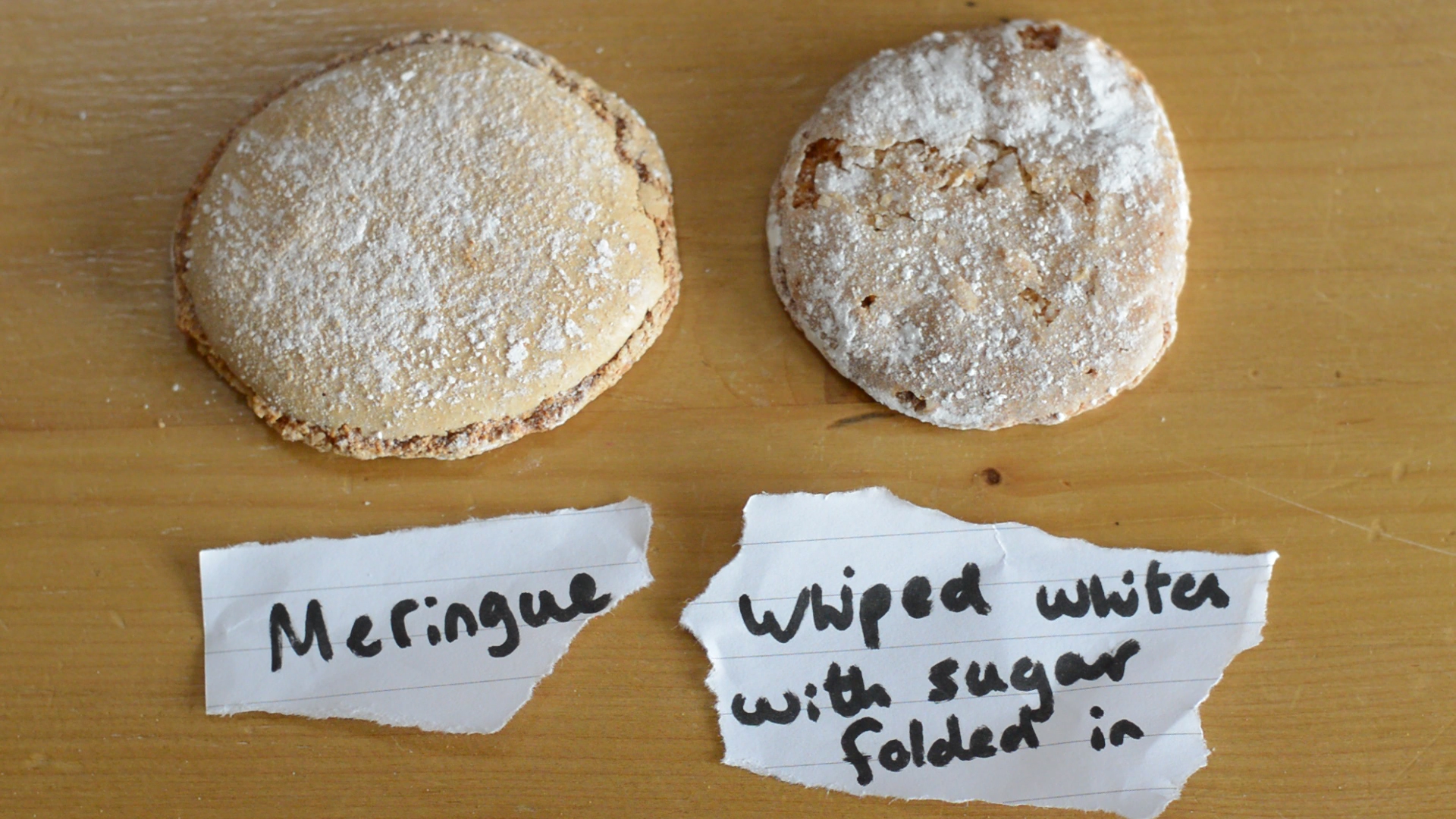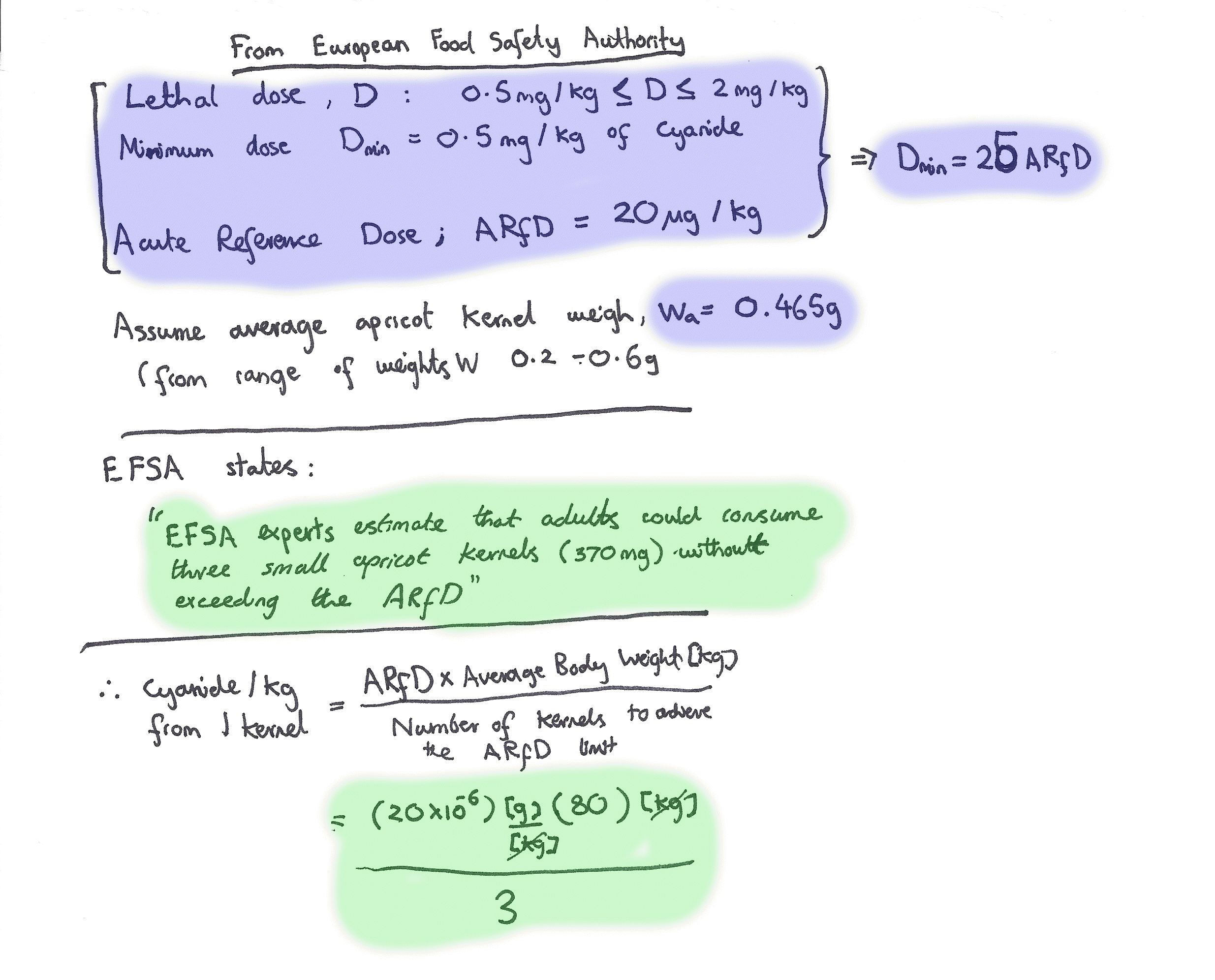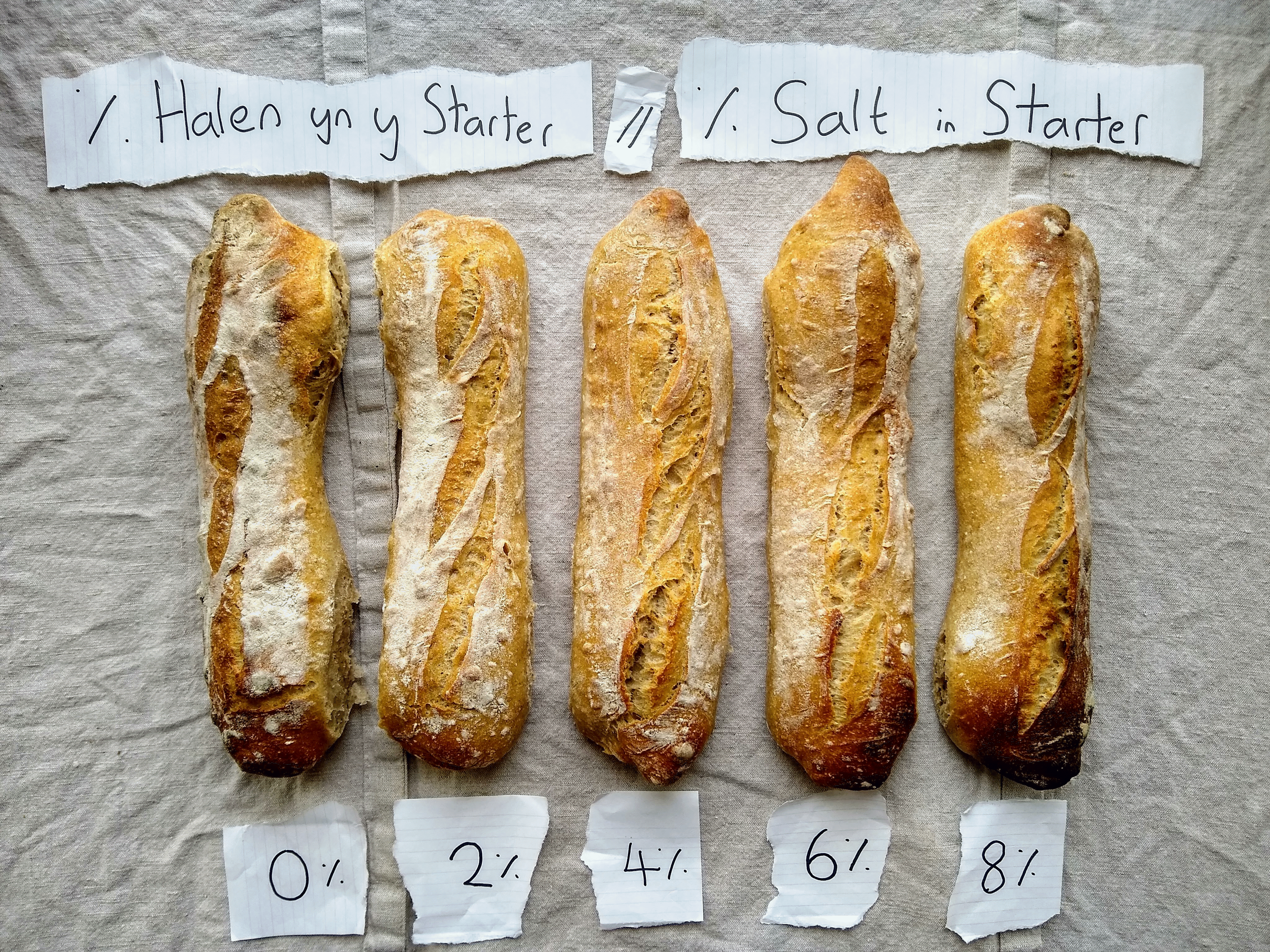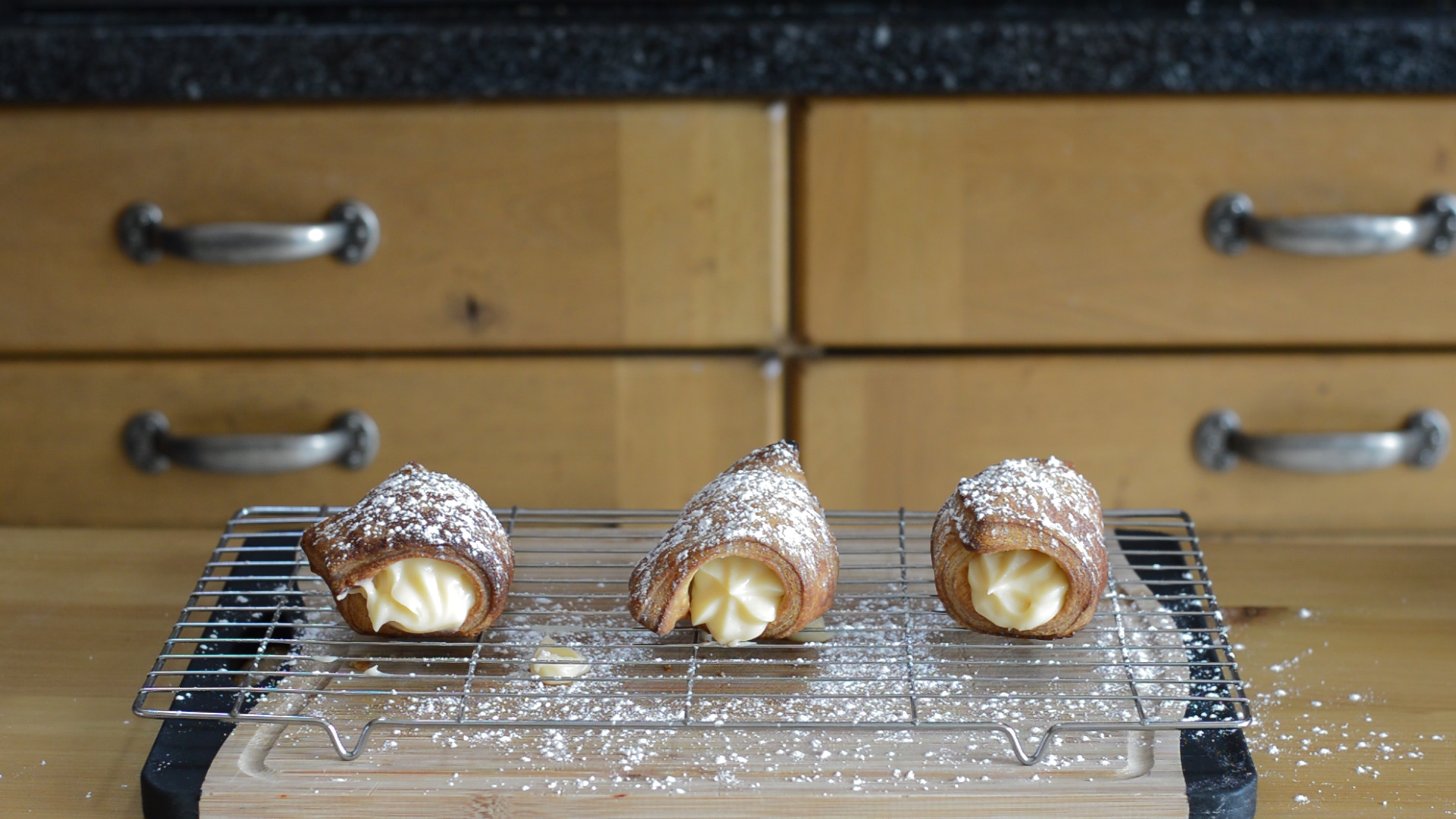I just wanted a biscuit!
Caramel biscuits, hazelnut shortbread, every one a disappointment. Maybe I’m to blame here. Maybe attaining the perfect coffee biscuit was just too lofty a goal. Or maybe, I just need something simpler, something, like Amaretti.
The archetypal coffee biscuit. Conceived, according to legend, in village of Saranno, up in the foothills of Lombardi. Eager to please a visiting cardinal, a young couple combined egg whites, sugar and apricot kernels, thus Amaretti was born.
These days, we use sweet ground almonds instead of apricot kernels. Partly for their complimentary pairing with Amaretto, but also because apricot kernels contain amygadalin, a precursor to cyanide. The following recipe would therefore produce enough cyanide when ingested to make one man very ill…killing another five.
[all based on sources from the Guardian and the EFSA’s websites, with a bit of (dodgy) mathematical jiggery-pokery on my part ;P]
Despite all this talk of death, Amaretti sounded perfect for me. Three ingredients, two mixing steps, one very simple sounding recipe.
Not a chance!
Jino, Jamie and more bloggers than I could count, all with differing approaches to mixing sugar, nuts and egg whites. Things look like they were improving when I noticed most recipes using equal parts sugar and almond. The egg white swiftly put a stop to that hope. One thing’s certain.
YOU NEED TO WEIGH YOUR EGGS!
In the end, I had to go with Jino, a relatively simple looking ratio of 1:2:2, egg whites to sugar to almond.
What a travesty it was.
Whilst it’s good to keep your Amaretti mix loose, more of a paste, Jino was practically a lake of egg white and booze. Enjoy:
Results
Onother spectacular failure, I see a pattern emerging in this biscuit series! At this rate I’ll be selling the domain and buying biscuitfails.com instead.
At the very least, I got to see the difference between whipping and folding in egg whites. Not exactly revelatory, but of some value, more than the biscuits at least. The Amaretti made with whipped whites came out craggy and rough, like a cookie should, yielding when bent, with a slight chew to them. On the other hand, the biscuits made with meringue (sugar whipped into the whites) produced a cookie far more akin to a macaron, with a smooth, brittle shell, breaking with a snap when bent.
Even as I write this, I’ve gone and made another batch adding an equal weight of flour to egg whites this time to dry them out a bit (and because I’m too cheap to waste nuts) and the results were still terrible. The mix struggled to be anything more than a slow running pool (nowhere near paste territory) so I can’t see how the ratios use could ever work, regardless of egg size. If you like cake that’s 90% crust, use this recipe, if not, try the following.
Evaluation
Obviously, the mixture needs some more dry goods to tame it into a cooperative pasted. My thinking would therefore be to use a more memorable 1:2:3 ratio of egg white to sugar to almond, as suggested on the Ottolenghi website. But at least I now know for certain that it’s undissolved sugar that gives that craggy, roughened look to baked goods. So going forward I’ll certainly be playing around with my dissolved to undissolved sugar ratios.
More to See
If you’re not up to date yet with the train-wreck that’s been my coffee biscuit experimentation, now’s the time to do that. You can read and watch the stories behind my Speculoos disaster, and trying to get the caramel flavour inside them.






